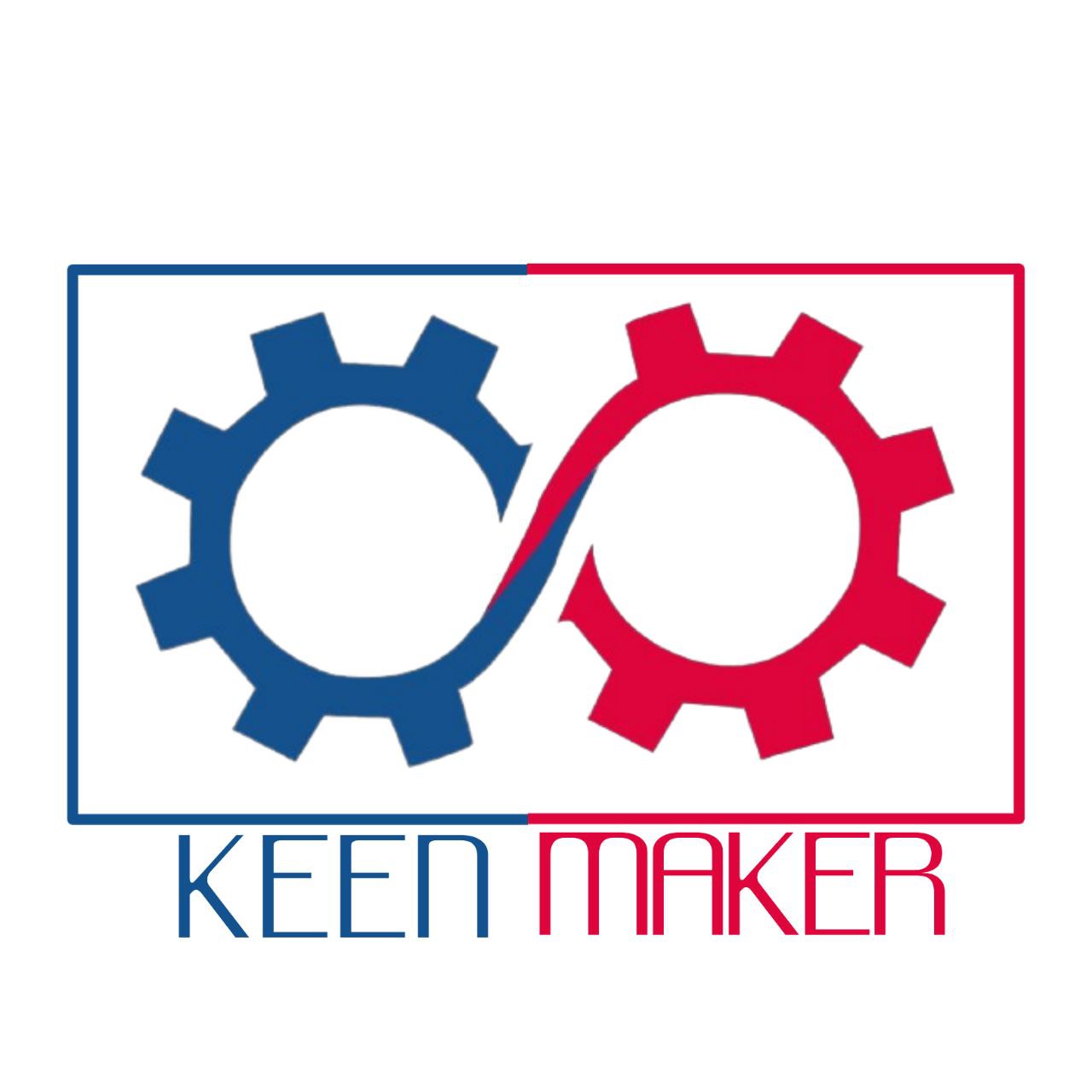
As the fashion industry faces increasing scrutiny over its environmental impact, innovative technologies like 3D printing are emerging as game-changers. 3D printing, also known as additive manufacturing, offers a sustainable alternative to traditional fashion production methods. This article explores the role of 3D printing in sustainable fashion, highlighting current applications, environmental benefits, and future prospects.
Table of Contents
Understanding 3D Printing in Fashion
3D printing in fashion involves creating garments and accessories layer by layer from digital designs. This technology allows for intricate and complex designs that would be difficult or impossible to achieve with traditional manufacturing methods.
How 3D Printing Works
- Design: Digital models of the garments or accessories are created using computer-aided design (CAD) software.
- Slicing: The digital model is sliced into thin layers, generating a file that the 3D printer can read.
- Printing: The 3D printer builds the object layer by layer, using materials like polymers, resins, or even biodegradable substances.
- Post-Processing: The printed item may require additional finishing processes, such as cleaning, smoothing, or dyeing.
Current Applications of 3D Printing in Fashion
Custom-Fit Apparel
One of the most exciting applications of 3D printing in fashion is the creation of custom-fit garments. Using body scanning technology, designers can create perfectly tailored clothes for individual customers, reducing waste and improving fit and comfort.
Sustainable Materials
3D printing allows for the use of innovative, sustainable materials. For instance, designers are experimenting with biodegradable filaments and recycled plastics, reducing the reliance on traditional, resource-intensive fabrics.
Innovative Designs
3D printing enables designers to push the boundaries of creativity. Complex geometries, intricate patterns, and unique textures can be achieved with ease, allowing for innovative and eye-catching designs.
Accessories and Footwear
Beyond clothing, 3D printing is used to create accessories and footwear. Brands like Adidas have embraced 3D printing to produce high-performance, customized shoes. Similarly, jewelry designers are using 3D printing to craft intricate pieces with minimal waste.
Environmental Benefits of 3D Printing in Fashion
Reduced Waste
Traditional fashion production methods often result in significant material waste. 3D printing, on the other hand, uses only the material necessary to create the item, minimizing waste and conserving resources.
Lower Carbon Footprint
3D printing can localize production, reducing the need for long supply chains and transportation. This localization leads to a lower carbon footprint, contributing to more sustainable fashion practices.
Recycling and Upcycling
3D printing supports recycling and upcycling initiatives. Waste materials, such as plastic bottles, can be transformed into filaments for 3D printing, giving new life to discarded items and reducing landfill waste.
Water Conservation
The fashion industry is notoriously water-intensive, particularly in the dyeing and finishing processes. 3D printing can significantly reduce water usage by integrating color directly into the printing process, eliminating the need for traditional dyeing methods.
Case Studies: Pioneers in 3D Printed Fashion
Iris van Herpen
Dutch designer Iris van Herpen is renowned for her avant-garde creations using 3D printing. Her collections often feature complex, organic structures that are impossible to achieve with traditional methods, showcasing the potential of 3D printing in high fashion.
Adidas
Adidas has pioneered the use of 3D printing in footwear with its Futurecraft 4D line. Using a unique process called Digital Light Synthesis, Adidas creates midsoles that are customized for optimal performance and comfort, reducing waste and improving sustainability.
Julia Daviy
Julia Daviy is a sustainable fashion designer who uses 3D printing to create eco-friendly garments. Her work focuses on minimizing waste and using recyclable materials, demonstrating the potential for 3D printing to drive sustainable fashion innovation.
Challenges and Considerations
While 3D printing offers numerous benefits for sustainable fashion, there are also challenges to consider.
High Initial Costs
The cost of 3D printers and materials can be high, making it challenging for smaller designers and brands to adopt the technology. However, as the technology matures, costs are expected to decrease.
Material Limitations
While the range of materials available for 3D printing is expanding, there are still limitations in terms of texture, flexibility, and durability compared to traditional fabrics. Ongoing research is needed to develop new materials that meet the demands of fashion.
Technical Expertise
Using 3D printing for fashion requires specialized knowledge and skills, from digital design to post-processing techniques. This expertise can be a barrier for designers unfamiliar with the technology.
Speed and Scalability
Currently, 3D printing can be slower than traditional manufacturing methods, especially for large-scale production. Improving the speed and scalability of 3D printing is essential for broader adoption in the fashion industry.
Future Prospects of 3D Printing in Fashion
The future of 3D printing in fashion looks promising, with ongoing advancements poised to further revolutionize the industry.
Advanced Materials
Research into new materials, such as biodegradable and smart fabrics, will expand the possibilities for 3D printed fashion. These materials will enhance the sustainability and functionality of 3D printed garments.
Integration with AI and Machine Learning
Integrating 3D printing with artificial intelligence (AI) and machine learning can optimize design processes, improve material efficiency, and personalize customer experiences. AI-driven design software can help create more complex and sustainable designs.
Mass Customization
As 3D printing technology advances, mass customization will become more feasible. Brands will be able to offer custom-fit garments and accessories on a large scale, reducing waste and improving customer satisfaction.
Circular Fashion Economy
3D printing can support a circular fashion economy by facilitating the recycling and upcycling of materials. Designers can create garments that are easier to disassemble and recycle, promoting sustainable consumption and reducing environmental impact.
Decentralized Production
3D printing can enable decentralized production models, where garments are printed locally on demand. This approach reduces the need for large inventories and long-distance transportation, further enhancing sustainability.
3D printing is poised to play a significant role in the future of sustainable fashion. By enabling custom-fit garments, reducing waste, and supporting innovative design, 3D printing offers a promising alternative to traditional fashion production methods. As the technology continues to evolve, it will open new avenues for creativity and sustainability in the fashion industry. Embracing 3D printing can help the fashion industry move towards a more sustainable and environmentally friendly future.
